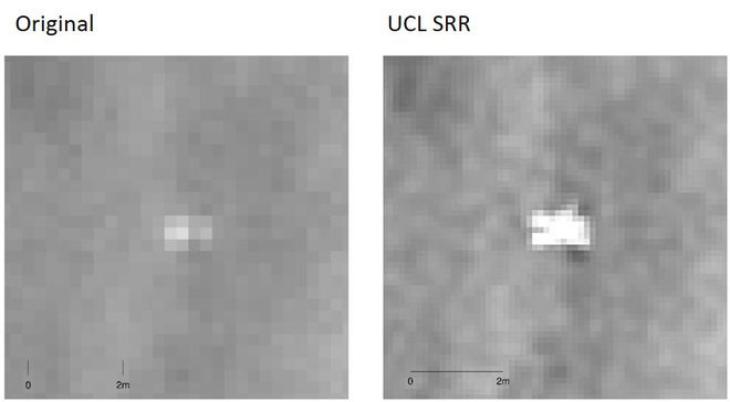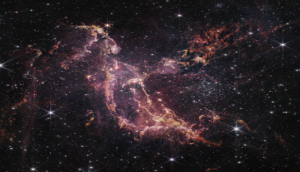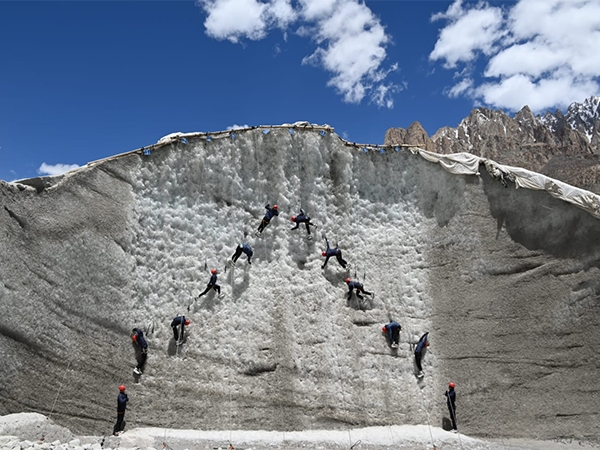
Exciting pictures of the Beagle-2 lander, the ancient lakebeds discovered by NASA's Curiosity rover, NASA's MER-A rover tracks and Home Plate's rocks have been released by the UCL researchers. The team stacked and matched images taken from orbit, to reveal objects at a resolution up to five times greater than previously achieved.

The technique, called Super-Resolution Restoration (SRR), could be used to search for other artefacts from past failed landings as well as identify safe landing locations for future rover missions. It will also allow scientists to explore vastly more terrain than is possible with a single rover.
Co-author Professor Jan-Peter Muller from the UCL Mullard Space Science Laboratory, said: "We now have the equivalent of drone-eye vision anywhere on the surface of Mars where there are enough clear repeat pictures. It allows us to see objects in much sharper focus from orbit than ever before and the picture quality is comparable to that obtained from landers.
He added, "As more pictures are collected, we will see increasing evidence of the kind we have only seen from the three successful rover missions to date. This will be a game-changer and the start of a new era in planetary exploration."
"Using novel machine vision methods, information from lower resolution images can be extracted to estimate the best possible true scene. This technique has huge potential to improve our knowledge of a planet's surface from multiple remotely sensed images. In the future, we will be able to recreate rover-scale images anywhere on the surface of Mars and other planets from repeat image stacks" said lead author Yu Tao.
The study is published in Planetary and Space Science.
-With agency inputs
First published: 27 April 2016, 4:15 IST






![BJP's Kapil Mishra recreates Shankar Mahadevan’s ‘Breathless’ song to highlight Delhi pollution [WATCH] BJP's Kapil Mishra recreates Shankar Mahadevan’s ‘Breathless’ song to highlight Delhi pollution [WATCH]](https://images.catchnews.com/upload/2022/11/03/kapil-mishra_240884_300x172.png)

![Anupam Kher shares pictures of his toned body on 67th birthday [MUST SEE] Anupam Kher shares pictures of his toned body on 67th birthday [MUST SEE]](https://images.catchnews.com/upload/2022/03/07/Anupam_kher_231145_300x172.jpg)






